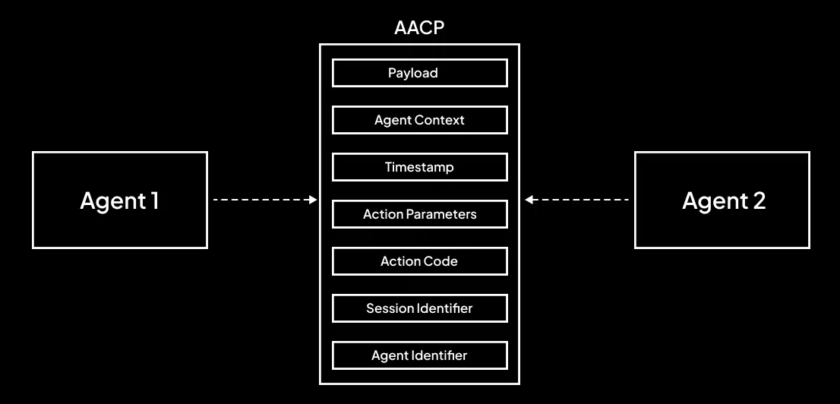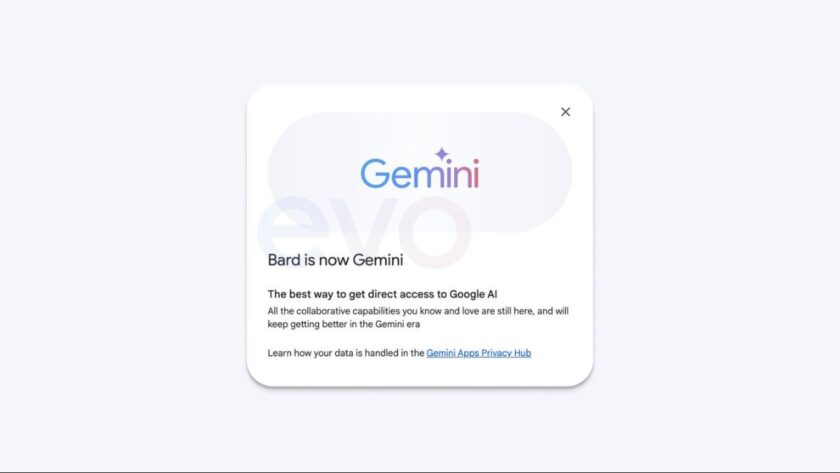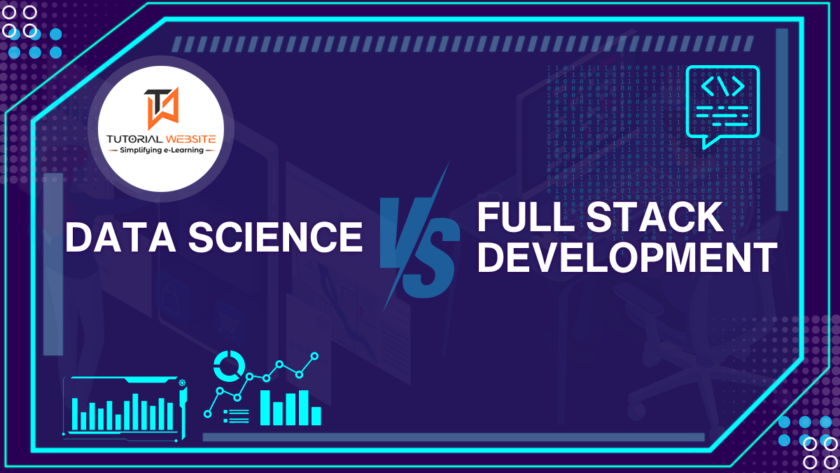Agents are tiny, independent intelligences with the capacity to perform a wide range of cognitive and knowledge-based tasks. Deep task specialization, the task’s context, and in-context learning are essential for these agents to function well. But it’s crucial to understand that ‘teams,’ not individuals, complete the most difficult tasks. Collaboration and the appropriate structure for communication are essential for teams to operate efficiently.
In the knowledge work environment, we humans have created complex baseline communication tools, such as tickets, slack messaging, in-person or remote meetings, delegates, check-ins, trackers, etc. These processes enable effective teamwork for completing challenging tasks. When it comes to autonomous agents, a comparable mechanism is absent.If these agents had an appropriate method for communicating with one another, they could be at least 1000 times more productive.
Every communication construct has syntactic and semantic rules that enable the coherent transmission and receipt of encoded information. Consider binary or programming languages, which are efficient ways for people to communicate with machines. Another illustration is HTTP, the protocol that serves as the foundation for all data interaction on the Web and makes it easier to send hypermedia documents like HTML. It is a client-server computing model request-response protocol. Think of a web browser as the client and a program running on the computer hosting the web page as the server. In this relationship, the client contacts the server with a request, and the server responds. HTTP simply completes tasks quickly!
A similar protocol needs to exist for agents, one that isn’t restricted to mere data exchange but includes meaningful semantic transference or negotiation between intelligent agents. We propose AACP or the Agent-to-Agent Communication Protocol.
🗝️ Key Elements of the AACP
The AACP may include any of the following elements:
- An agent’s global unique identification, or Agent Identifier (AI), is similar to a UUID.
- A special session identification for each interaction is called a Session Identifier (SI). Correlating requests and responses is done using this identification, which is particularly helpful in asynchronous interactions.
- Action Code (AC): A special code that designates the action an agent desires to carry out.
- Action Parameters (AP) are a collection of key-value pairs that provide the information needed to carry out the action. These could include metadata, IDs, action-related data, etc.
- The request’s or response’s Timestamp (TS) indicates when it was generated.
- The state or context of an agent at the time a request is generated is known as the Agent Context (CTX). Its current condition, sensor readings, etc. could be included
- Any additional information or message attached to the operation is called the Payload (PL)

Additionally, AACP should include:
- Multiplexing: Allows for many requests and responses to be made during one session.
- Retry Mechanism: The agent can resubmit the request if it doesn’t hear back from the user within a predetermined amount of time.
- Throttling: A way to set a limit on how many requests an agent can make in a given amount of time can be used to prevent overloading any agent.
- Backward compatibility: Assures that updated protocols are compatible with legacy versions.
🌐 A Practical Example of AACP Interaction
Think about a situation where the Master gives the Worker a task that requires them to analyze a particular data collection and deliver the findings. An illustration of a request from the Master agent to the Worker agent would be as follows:
{
“AI”: “Master-UUID-001”,
“SI”: “Session-UUID-100”,
“TS”: “2023-06-09T14:30:15Z”,
“AC”: “TA”,
“AP”: {
“TaskID”: “Task-UUID-200”,
“DataSet”: “DataSet-UUID-300”
},
“CTX”: {
“CurrentTaskStatus”: “Idle”,
“LastTaskCompletionTime”: “2023-06-09T14:00:00Z”
},
“PL”: {
“AnalysisType”: “Deep Learning”,
“Model”: “Model-UUID-400”
}
}
👨💻 Implementing AACP Message Codes
Along with the components just described, AACP should also create shared message codes, which are akin to HTTP status codes like 404, 200, etc. These might consist of:
- Data Exchange (DE): The ‘AP’ carries data that needs to be transferred, while the ‘PL’ might include massive data items.
- Task Assignment (TA): The ‘AP’ specifies the assignment, while the ‘PL’ may provide extra task information.
- Capability Request (CR): The ‘AP’ defines which capabilities are being requested in a capability request (CR).
- Status Query (SQ): The ‘AP’ contains task identifiers for which the status should be checked.
The efficiency of an agent network can be greatly increased by developing a standard communication protocol as an open framework. Imagine a situation where a doctor and your personal health agent are in communication, or a procurement agent from a firm like SAP engages with a sales agent from a new vendor. Indeed, there are countless and interesting options.
Try SuperAGI – https://github.com/TransformerOptimus/SuperAGI
Source – https://superagi.com/introducing-aacp-agent-to-agent-communication-protocol/

Nidhi Maurya is a professional blogger and Content Writer who writes about a variety of topics related to his niche, including Web Tech, SEO, and digital marketing.




